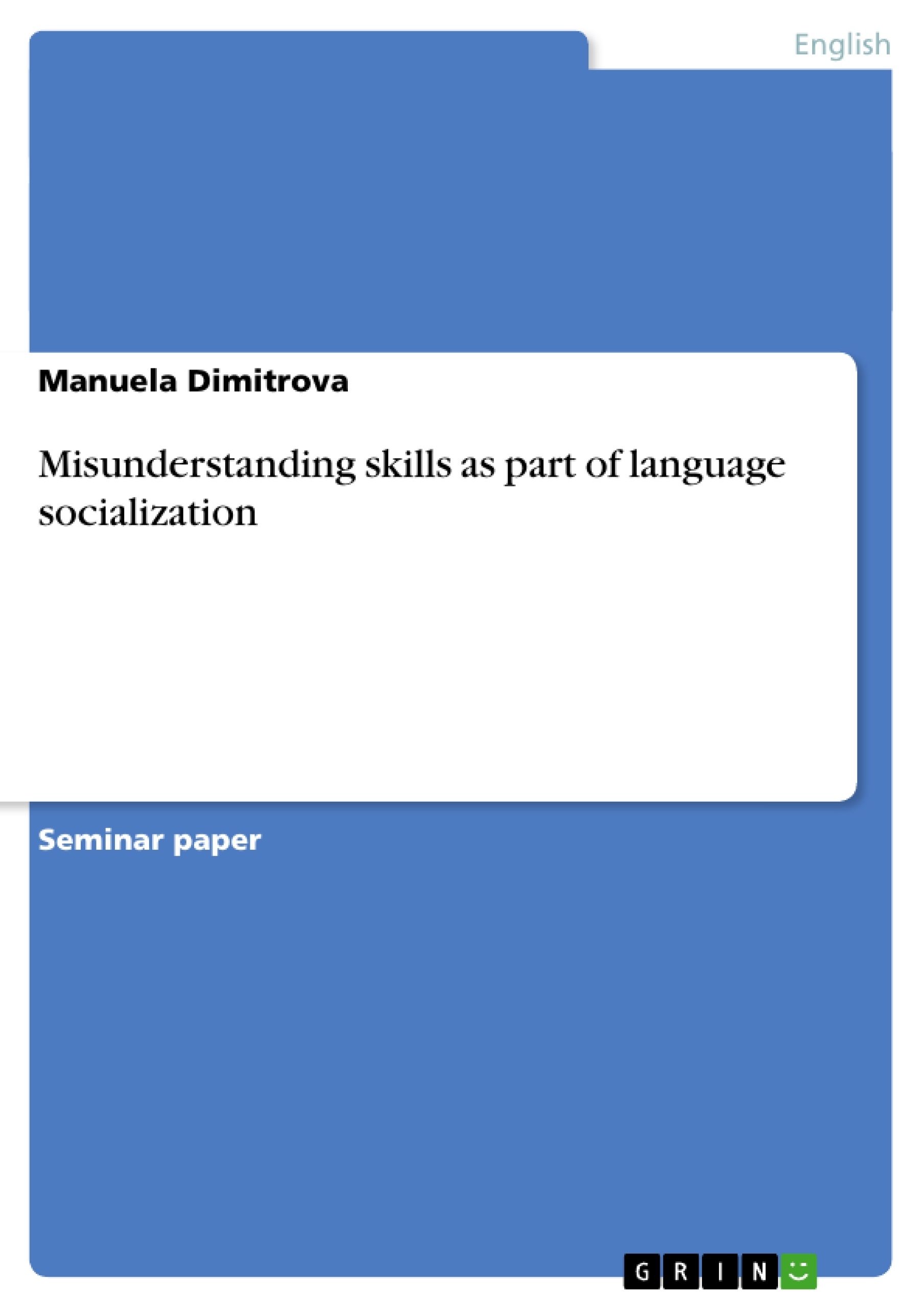The Importance of Language: An Introduction
Communication is perhaps the one thing that brings and keeps human beings together. It is through talking to each other that we are able to belong. Without language this wouldn’t be possible. The most striking example in world literature, that could prove this statement is the monster in Mary Shelley’s Frankenstein. Because of his looks, he is completely shut out from society. Only with time does he understand that the only way for him to become part of this very same society is through language and communication, through trying to understand people and be understood. Only after gaining enough skills to articulate his thoughts and feelings in a way not to be misunderstood, is he able to take part in social life.
It is then natural to assume that the ability to express ourselves, as well as the ability to comprehend what is expressed, is one of the major criteria for socializing. It allows us to belong to a community. This ability develops throughout our lives. We start from zero as infants and become more and more skilled as we grow up.
This “gain[ing] of competence in sense-making”, as Elinor Ochs (1991: 44) calls it, has been a major research topic for linguists. Ochs tries to show in her article, “Misunderstanding Children”, how close this process of developing language skills, in order to understand/comprehend, is connected to the social and cultural development of individuals, because “[e]very society establishes norms of competence and all members of society, including infants and children, are evaluated in terms of them” (Ochs 1991: 44). Children become linguistically and culturally competent members of their communities through interactions with caregivers and other more competent members of their community (cf. Ochs & Schieffelin, 1984; Schieffelin & Ochs, 1986). Through this language socialization, children learn the behaviors that are culturally appropriate in their community (cf. Schieffelin & Ochs, 1986).
Inhaltsverzeichnis (Table of Contents)
- The Importance of Language: An introduction...
- Gaining Competence..
- Child-Centered Society.
- Misunderstanding Children's Utterances.
- Children's Misunderstanding of Other's Utterances...
- Situation-Centered Society.
- Misunderstanding Children's Utterances..
- Children's Misunderstanding of Other's Utterances..
- Child-Centered Society.
- Conclusion…..
Zielsetzung und Themenschwerpunkte (Objectives and Key Themes)
This work aims to analyze the role of misunderstanding in language socialization, focusing on how children learn to communicate effectively within their respective cultural contexts. It examines the strategies employed by different societies in dealing with misunderstandings, highlighting the connections between these approaches and societal perceptions of children and knowledge.
- The importance of language and communication in socialization.
- The role of misunderstanding as an opportunity for language development.
- The influence of cultural perspectives on how misunderstandings are handled.
- The strategies used by child-centered and situation-centered societies in dealing with misunderstandings.
- The impact of these strategies on children's language acquisition and social development.
Zusammenfassung der Kapitel (Chapter Summaries)
- The Importance of Language: An Introduction: This chapter introduces the central theme of the work: the crucial role of language and communication in fostering social belonging. Using Mary Shelley's Frankenstein as an example, the chapter emphasizes the importance of language acquisition and understanding for social integration. It also introduces Elinor Ochs's concept of "gaining competence in sense-making" and highlights the significance of language socialization in children's development.
- Gaining Competence: This chapter explores the challenges children face in understanding both the meaning and intention behind utterances, particularly in early development. It argues that misunderstandings, rather than being solely negative, can serve as a valuable learning opportunity for children. The chapter also emphasizes the influence of cultural perspectives and knowledge theories on the strategies employed by different societies in addressing misunderstandings.
- Child-Centered Communities: This chapter focuses on the characteristics of child-centered societies, such as those found in Europe and North America, where children are viewed as potential conversational partners from a young age. It explores the prevalent strategies for overcoming misunderstandings in these societies, including minimal grasp and guessing, which reflect the belief that children have the right to be heard.
Schlüsselwörter (Keywords)
The key concepts explored in this work include language socialization, misunderstanding, child-centered societies, situation-centered societies, cultural perspectives on communication, and strategies for dealing with noncomprehension. The work draws upon Elinor Ochs's research and explores how these elements influence children's language development and social integration.
- Arbeit zitieren
- Manuela Dimitrova (Autor:in), 2005, Misunderstanding skills as part of language socialization, München, GRIN Verlag, https://www.grin.com/document/37550



